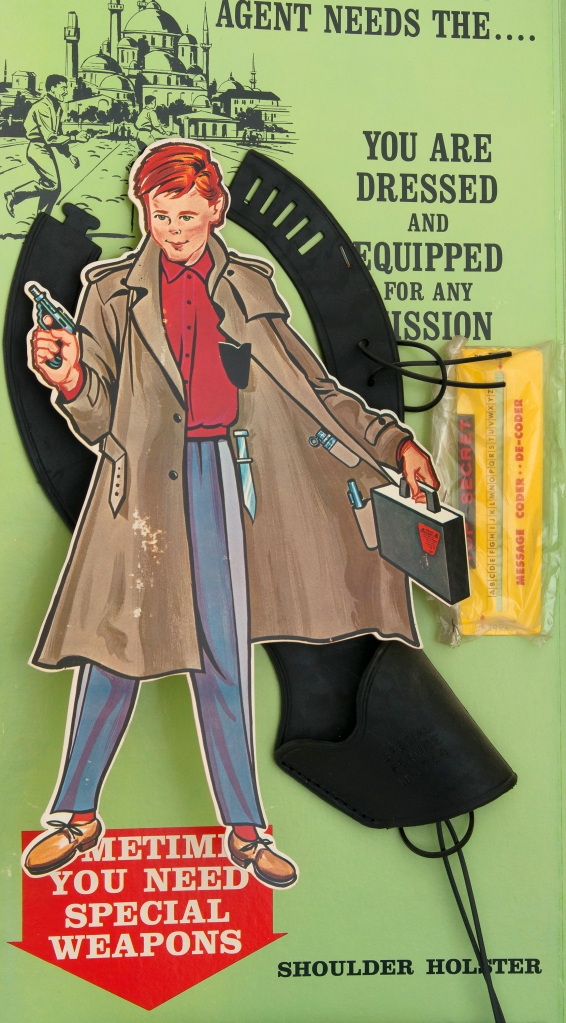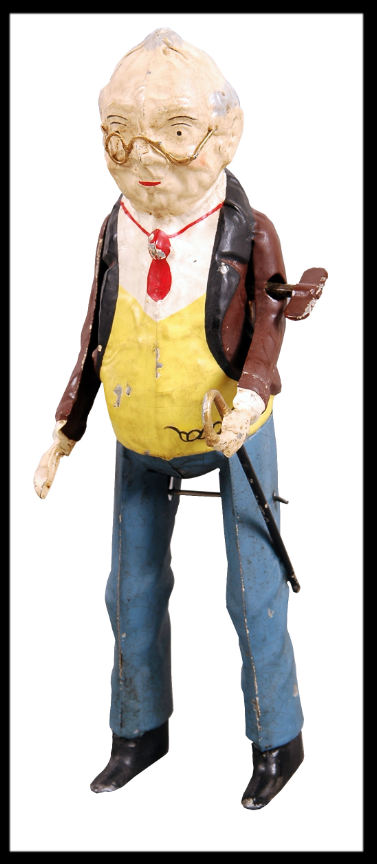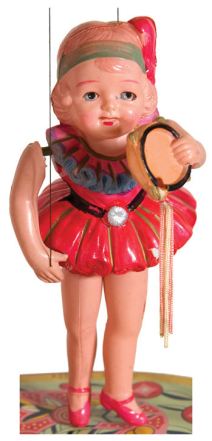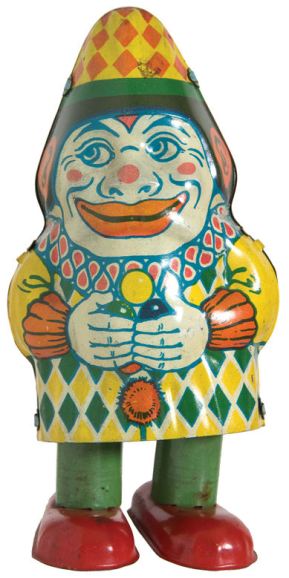Below is an excerpt from a a post by Gregory L. Reece dated May 5, 2014 on his WordPress blog, ROKFOGO. The essay also appeared in PopMatters the same year. It’s a lovely recollection of how nine year old Gregory learned about the death of a female comic book character he had come to love, Gwen Stacy. To read the post in its entirety you’re encouraged to click here.
In one issue of Marvel Comics or another, I must have run across an ad for an LP record called Spider-Man: Rock Reflections of a Superhero. I’m sure I ordered it by mail. I can’t imagine where I would have gotten it, otherwise. The album, released in 1975, had a great cover by John Romita that remains one of my favorite Spider-Man images of all time.

The back cover contained pictures of the band: Power Man on bass, Silver Surfer on keyboards, Conan and the Barbarians on strings, Captain America on percussion, Black Panther on electric guitar, the Mighty Thor on trumpet, the Hulk on drums, handclapping by the Falcon, and background vocals by the Fantastic Four! I must have played the album a million times on the console stereo in my parents’ living room, belting out the songs and pretending that I was Spider-Man, superhero and rock star! I was, and still am, totally hooked.

It was from the album that I first learned the fate of Gwen Stacy. It is why I mourn her death to this day.
The comic book rock opera was narrated by Stan Lee and told the story of everybody’s favorite wall-crawler in a series of rock-and-roll songs, including “Gwendolyn”, a 50’s do-wop-style anthem to Peter’s love.
Gwendolyn, may I come closer, and hold your hand?
You are the answer to all my dreams.
Gwendolyn, please.
I love you so.
(Marty Nelson)
Then, in “Count on Me”, Peter sings one of the most hilarious choruses in rock music history. (It makes me laugh every time that I hear it, now. This was not the case in 1976. Then, it seemed like a profound declaration of love.)
You can count on me,
To help you see,
That every side has another,
Every hero has a lover,
Every land has a sky above her,
And, if you want, you have me.
(William Kirkland)
Halfway through the album things take a dark turn, beginning with Peter’s fevered dream about Doctor Octopus and his plans to take over the world. (This is a certifiably crazy song. Doc Ock sings to an adoring crowd of supporters who shout back at him: Hey La! Doctor Octo, Doctor Octo, Doctor Ocotopus!) (John Palumbo)
Then, without warning, the voice of Stan Lee breaks the news:
Terrifying as that dream is, it is only a whisper to the harsh voice of reality that Peter Parker is about to hear. His pulse is pounding. The Green Goblin suddenly appears without warning! Tingling with anticipation, Spider-Man would be more reluctant to fight the emerald fiend if he could foresee Gwen Stacy’s body falling, as it will, out of his spider reach. Play with the fear! Roll it around on your tongue! Savor the fateful, fascinating flavor! Spider-Man’s mind is in motion. The stage is set! The cards have been dealt! He is now no more than a puppet in the shadow of his own destiny. The battle that took place high atop the bridge was destined to be the most fateful one of all. As the Green Goblin flies away, battered and weakened, a bruised and exhausted Spider-Man raises himself up to find that the only victim proved to be a girl named Gwendolyn. His hopes and dreams of love are gone. He kneels beside her lifeless body. Ignoring the approaching police sirens, Peter Parker whispers gently in her ear as the echoes of his words carry him to her, reaching for her, trying to bring her back to share life with him again.
Then, a gentle acoustic guitar segues into the next song: “A Solider Starts to Bleed.”
Dear lady, hold this sleep.
My dreams are yours to keep.
I fall behind this mask of insufficient tears.
A solider lost to fears.
(Terence P. Minogue and John Palumbo)
Then, back to Stan: “He’s a hero if you will, a hero whose dreams have turned to nightmares, who walks in step with tragedy and death. But still he perseveres. For such is the haunting fate of Spider-Man!”
This is how I learned of Gwen Stacy’s death. This is how I came to understand the veiled references to her in then-current issues of Amazing Spider-Man. I couldn’t believe it. This was too much to bear. The Gwen Stacy who had traveled fearlessly to the Savage Land sporting a red bikini died as a result of Spider-Man’s battle with the Green Goblin. Peter, who had touched me when singing about his love for Gwen, broke my heart, still breaks it, when he sang about her death. And Stan Lee, Mr. Excelsior!, delivered the news. (Stan’s voice, to this day, brings a tingle to the back of my neck. When I hear it, I’ll stop whatever I’m doing and listen. He hasn’t delivered any news like this again, but I am always waiting for him to break it to me.)
Okay. I know that the album is melodramatic. I know that this should not make me want to cry. But it does. It did when I was nine years old and it does today. This was the first time that I had experienced the death of a comic book character. Such deaths have happened with too much regularity over the years, so that the deaths have been cheapened, become gimmicks to sell magazines. Gwen’s death has always seemed different to me. It is the only one that I have ever really cared about. The only one that ever made me cry.
















































 Yes, something is the matter with the children on Mars.
Yes, something is the matter with the children on Mars.


